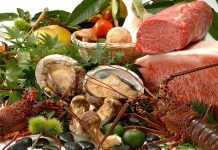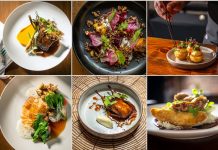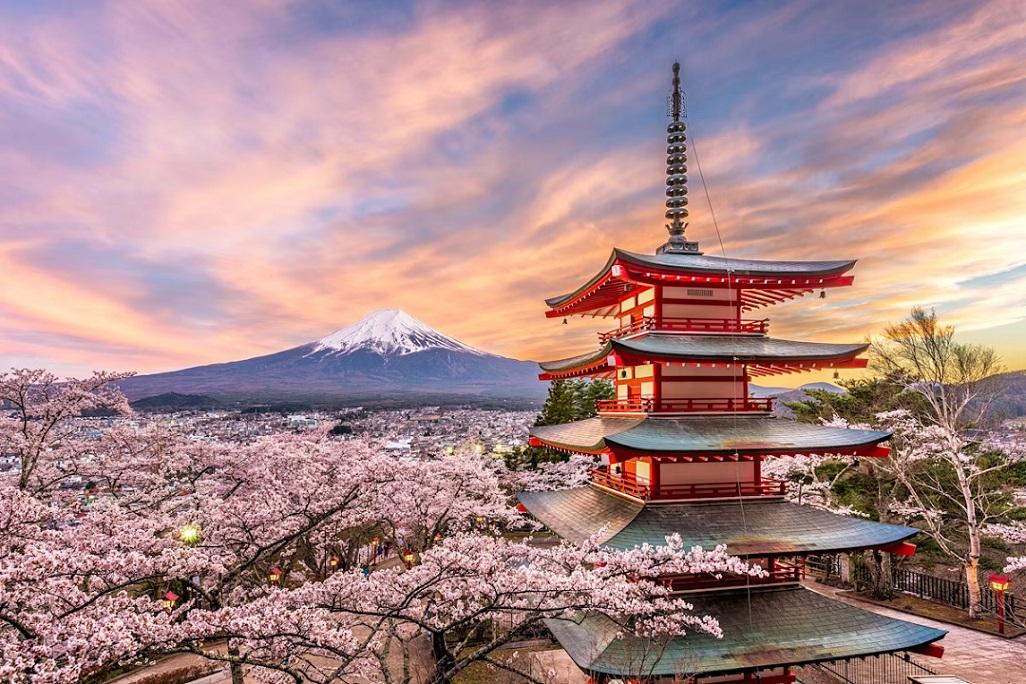
Tokyo is a paradise for food lovers, offering everything from Michelin-starred sushi to hidden izakayas. If you want to experience the city like a true chef—discovering secret spots, mastering local flavors, and diving deep into culinary culture—here’s how to do it right.
1. Hunt for Ingredients at Tsukiji Outer Market (築地場外市場)
Why? Chefs know that the freshest ingredients make the best dishes. While the famous inner wholesale market has moved to Toyosu, Tsukiji’s outer market remains a treasure trove of seafood, knives, and street food.
What to Do:
- Arrive Early (6-8 AM): Beat the crowds and get the best picks.
- Try Uni (Sea Urchin) & Otoro (Fatty Tuna): Sample ultra-fresh sashimi from vendors like Sushi Dai or Maru—some of the best in Tokyo.
- Buy a Japanese Knife: Visit Aritsugu or Kiya for handcrafted blades favored by chefs.
- Eat Street Food: Grilled scallops, tamagoyaki (sweet omelet), and mochi-stuffed strawberries are must-tries.
Pro Tip: Chat with vendors—many are third-generation experts who’ll share cooking secrets.
2. Take a Ramen Pilgrimage to Hidden Shops
Why? Ramen is Tokyo’s soul food, and chefs obsess over broth depth, noodle texture, and umami balance. Skip tourist spots—go where locals queue.
Where to Go:
- Nakiryu (鳴龍): Michelin-starred tantanmen (spicy sesame ramen).
- Fuunji (風雲児): Thick, rich tsukemen (dipping noodles).
- Rokurinsha (六厘舎): Legendary tonkotsu ramen in Tokyo Station’s Ramen Street.
How to Eat Like a Chef:
- Slurp Loudly: It cools the noodles and enhances flavor.
- Customize: Ask for kaedama (extra noodles) or adjust firmness (katame = firm, yawarakame = soft).
- Study the Broth: Chefs analyze ingredients—soy sauce? Chicken bones? Seafood? Take notes.
3. Master Omakase at a Sub-10-Seat Sushi Counter
Why? Tokyo’s elite sushi chefs train for decades. An intimate omakase (chef’s choice) meal is a masterclass in precision.
Top Picks:
- Sushi Saito (鮨 さいとう): 3 Michelin stars, near-impossible reservations.
- Sukiyabashi Jiro (すきやばし次郎): Jiro Dreams of Sushi fame (book months ahead).
- Sushi Shin (鮨 真): More accessible but still exceptional.
Chef’s Etiquette:
- Use Your Hands: Nigiri is often finger food.
- No Soy Sauce on Rice: The chef seasons each piece perfectly.
- Ask Questions: Many chefs love explaining fish origins (e.g., akami vs. otoro).
4. Drink & Dine at a Standing Izakaya (立ち飲み居酒屋)
Why? Chefs unwind at tiny tachinomi (standing bars), where salarymen and food pros mingle over cheap eats and sake.
Best Spots:
- Omoide Yokocho (思い出横丁): Shinjuku’s alley of smoky yakitori stalls.
- Ebisu Yokocho (恵比寿横丁): Retro vibe with oysters and highballs.
- Nonbei Yokocho (のんべい横丁): Shibuya’s “Drunkard’s Alley.”
Order Like a Pro:
- Tebasaki (Chicken Wings): Nagoya-style, glazed in sweet-spicy sauce.
- Horumon (Offal): Grilled intestines, liver—chef’s favorites.
- Nihonshu (Sake): Ask for junmai (pure rice) or nama (unpasteurized).
5. Learn Washoku (和食) from a Local Chef
Why? Japanese cuisine is about technique—dashi, knife skills, plating. Take a private class to cook like a pro.
Where to Learn:
- Tokyo Sushi Academy: Hands-on sushi-rolling.
- Airbnb Experiences: Find classes in tempura, soba, or kaiseki.
- Tsukiji Cooking School: Market tour + cooking lesson.
Key Lessons:
- Dashi: Kombu + bonito flakes = umami magic.
- Knife Work: Sengiri (julienne), hangetsu-giri (half-moon cuts).
- Presentation: Odd numbers, asymmetry, seasonal garnishes.
















